For a diabetic, foot complications are an ever-present risk. This risk further increases if you have foot deformities. In a diabetic, damage to the nerve supply of foot muscles causes weakening of the muscles and a change in shape of the feet. This creates abnormal pressure points and bony prominence which can cause sores and ulceration.
Let’s discuss some of the common foot deformities seen in diabetics.
Charcot Foot Deformity:
Charcot (pronounced shark-o) Foot Deformity is one of the most serious diabetic foot deformities. In this condition, there is softening of the bone structure in your foot. It usually occurs from mild repetitive trauma in most cases but can also be caused by abrupt trauma. What ends up happening is that the typical balance of bone remodeling (bone build up and bone break down) that occurs in your foot is altered to the point where bone breakdown process overwhelms the bone build up process and the bones become soft, almost like a putty. Yet you continue to walk because it doesn’t hurt. You can imagine what happens if you walk on a foot made of putty- the foot crushes and collapses on itself.
The reason this condition is devastating especially for diabetics, is because the foot will change shape resulting in a rocker bottom sole where the sole is very prominent and sticks out. This creates abnormal pressure distribution on the bottom of the foot leading to sores and ulceration.
What causes Charcot Foot Deformity?
- Neuropathy or loss of sensation plays a vital role in causing Charcot Foot Deformity.
- Poor control of blood vessels due to nerve damage results in washing out of bones. Blood flow through the blood vessels is controlled by small nerves supplying the blood vessel wall. These nerves are called Vasa-Vasorum. In diabetics, these nerves are damaged. As a result, control is lost and blood flow into the bones becomes excessive. This causes minerals to leach out of the bone and ultimately the bones begin to fracture.
- Repeated unrecognized microtrauma- Due to daily activities in which the foot is mildly injured (injury is often unrecognized), but such injuries accumulate over time and become much more significant.
- Abrupt trauma – about half of the patients with Charcot Foot can recall a precipitating event such as a slip.
Most Commonly Affected Bones by Charcot:
- Most common location for Charcot Arthropathy is the bones of middle of the foot called the tarsal bones. The collapse of bones causes the middle of the foot to drop down through bottom and can cause calluses, ulcer, infections and significant deformity.
- It can also occur in ankle bones causing extreme deformity where the ankle can turn in one or the other direction. This causes ulcers to occur on the sides of the ankle.
What are the signs and symptoms?
Initial symptoms resemble infection (cellulitis). Most often, the systemic signs such as fever and chills seen in infection, will be absent in Charcot foot. One of the first sign you may see in your foot on daily inspection is that your foot may become warmer or more swollen without any visible wound present throughout the foot. When this occurs, it could be cellulitis, but you should always keep in back of your mind that it can be Charcot foot. IMMEDIATELY take off weight on the affected foot and see your health care provider. Your healthcare provider will perform some tests to differentiate between the two.
Typically, this condition evolves through three stages:
STAGE – 1: This is the most critical stage because the foot bones are dissolving. This stage will progress if not recognized and treated and will cause bone break down into small pieces in your foot which will ultimately cause collapse of significant portion of your foot. This stage can last for about 3 months. Every single step that you take during this stage, will further breakdown the bone. So I can’t emphasize how important it is that if unexplained swelling occurs in your foot, see your healthcare provide immediately, THAT SAME DAY!
Charcot foot usually shows up with the following signs in this stage:
- Unexplained swelling
- Redness
- Warmth
- Pain/Tenderness is often absent due to loss of sensation, but some might experience pain if sensory loss is not complete.
STAGE -2: In this stage, the fracture begins to heal and the bones start to fuse back together. This stage can also last for about 3 months.
STAGE – 3: Bones begin to remodel and start changing shape, being affected by the way one walks. If there is significant deformity, you’ll need special custom made shoes and inserts to prevent your foot from sores and ulcers.
What to expect in terms of treatment?
Your healthcare provider will take X-rays which will show the fracturing process, and perform tests to rule out infection. MRI and Bone scans may also be done. Once the infection is ruled out, treatment for Charcot foot is started.
STAGE – 1: It requires an initial period of strict immobilization using a device that holds your foot in a neutral position. Usually a total contact cast is used. The cast will redistribute weight and relieve pressure. Your healthcare provider will replace the cast every one to two weeks to make sure it continues to fit as the swelling goes down. It is important to keep on the cast until this acute stage is over. This can take somewhere between 3-6months.
STAGE – 2: After the acute stage is over, your healthcare provider will replace the cast with some sort of brace to protect the feet. It can be a walking boot or C.R.O.W Boot. C.R.O.W, which stands for Charcot Restraint Orthotic Walker, is a custom made brace for Charcot Foot which will help immobilize as well as provide support to off-load any sore spots on your foot.
STAGE – 3: Treatment at this stage mainly focuses on preventing sores and ulcers in a Charcot foot. Using custom foot wear to protect and support the foot is absolutely essential.
SURGERY: Most of the times, this condition can be treated using appropriate orthotics. But if the condition progresses despite that, there’s a reasonable chance that you might need surgery to reconstruct the foot. Surgery will realign the foot bones to redistribute pressure more favorably.
IMPORTANT ADVICE:
Bunions/Hallux Valgus:
A bunion is a painful prominence at the base of the big toe. It usually results from changes in the framework of bones at the base of the big toe. As a result the big toe begins to slant towards the small toes. The actual bone is not enlarged, but simply out of place.
What causes a bunion?
- Usually inherited from one’s family
- Flat feet- People with flat feet are more prone to developing bunions. Muscular changes that occur in the feet as a result of walking with a flat foot, causes the big toe to contract towards the small toes.
- High heel and pointy shoes can aggravate the condition.
What are the symptoms?
- Prominence on the base of the big toe
- Swelling
- Redness
- Corns and calluses due to constant rubbing and irritation
- Sores
- Restricted movement of big toe
- Pain/Tenderness
Why bunions need attention?
As a diabetic, it is important for you to get treatment for this condition. Pressure from the big toe can result in formation of corns on the small toes, nails can become ingrown and calluses can form on bottom of your foot. Also the prominent bone at the base of big toe constantly exerts pressure on the overlying skin and can cause sores and ulcers- which we all know by now, are very serious problems in a diabetic.
What are the treatment options?
Conservative Treatment:
- Wear properly fitted shoes. Avoid high heels and pointy shoes.
- Apply cold compresses or ice packs to reduce pain and swelling
- Apply bunion pad/shield over bony prominence
- Use toe-separator to separate big toe from the second toe especially while sleeping.
- Anti-inflammatory medications or steroid injection can be used around the joint to decrease inflammation
Surgery:
Surgery is required if your bunion does not respond to conservative management. Removal of a bunion is called bunionectomy. Your healthcare provider will best decide which course of action to take.
Hammer Toe and Claw Toe:
Hammer toe is a deformity in which the toes bend downwards at the middle joint, resembling a hammer. It usually occurs in the second, third, fourth or fifth toe but not the big toe. Claw toe is a similar deformity in which the toes are bent downwards but at the junction of toes and foot, resembling a claw. It also spares the big toe.
What causes Hammer Toe and Claw Toe?
- Diabetics are prone to hammer toe/claw toe due to altered foot mechanics as a result of nerve damage
- Hammer toes/Claw toe also runs in families
- Most common cause in poorly fitted shoes or shoes that are too short
What are the symptoms?
- Pain
- Difficulty moving the toes
- Hammer or claw like appearance
- Corns and calluses due to constant rubbing against shoes
- Sores and Ulcers
What are the treatment options?
Hammertoes are often flexible during the early stages and if treated, symptoms can be managed with conservative treatment. But if time passes and you do not seek treatment, your hammertoe will become more rigid and surgery will be required.
Early Stage – Conservative Treatment:
- Wear properly fitted shoes
- Relieve pressure with padding and strapping
- Toe exercises
Late Stage – Surgery:
- The type of surgery will depend on the severity of your condition
- It is important to wear proper footwear after the surgery, as toe problems can come back if you continue wearing improper footwear.
In conclusion, as a diabetic it is very important for you to learn as much as possible about routine diabetic foot care as it plays the biggest role in preventing foot ulcers.
Diabetes and Foot Care … read more:
- Diabetes and Alcohol Consumption – Latest Release

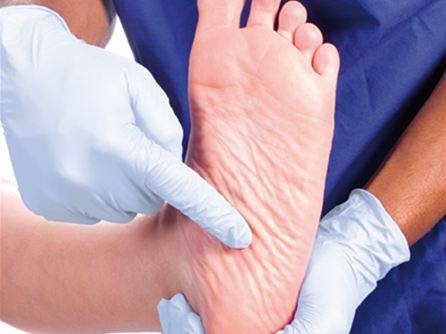
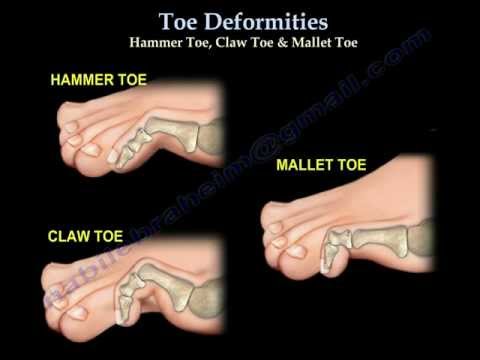
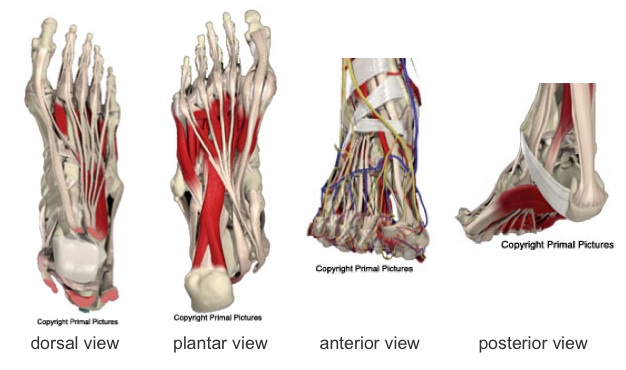

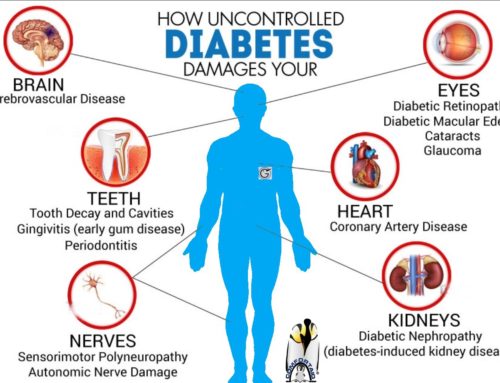

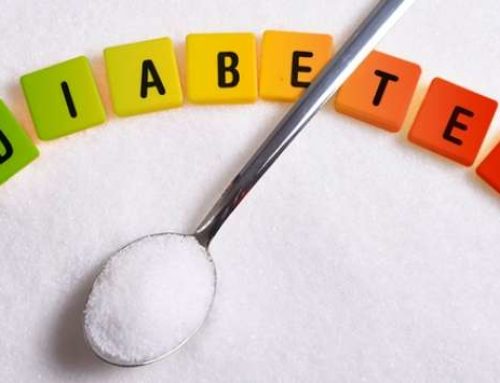

Thanks for your marvellous posting! I certainly enjoyed reading it, you might be a great author.I will make certain to bookmark your blog and will eventually come back down the road. I want to encourage you to ultimately continue your great job, have a nice afternoon!
This is good information. I can easily tell loads of time and effort went towards this post.
Now that is good material. The wife discovered this website and stated I should have a glance at it. I’m glad that I took the time to pay a visit to your web page, it’s definitely one of the finest I’ve looked at.